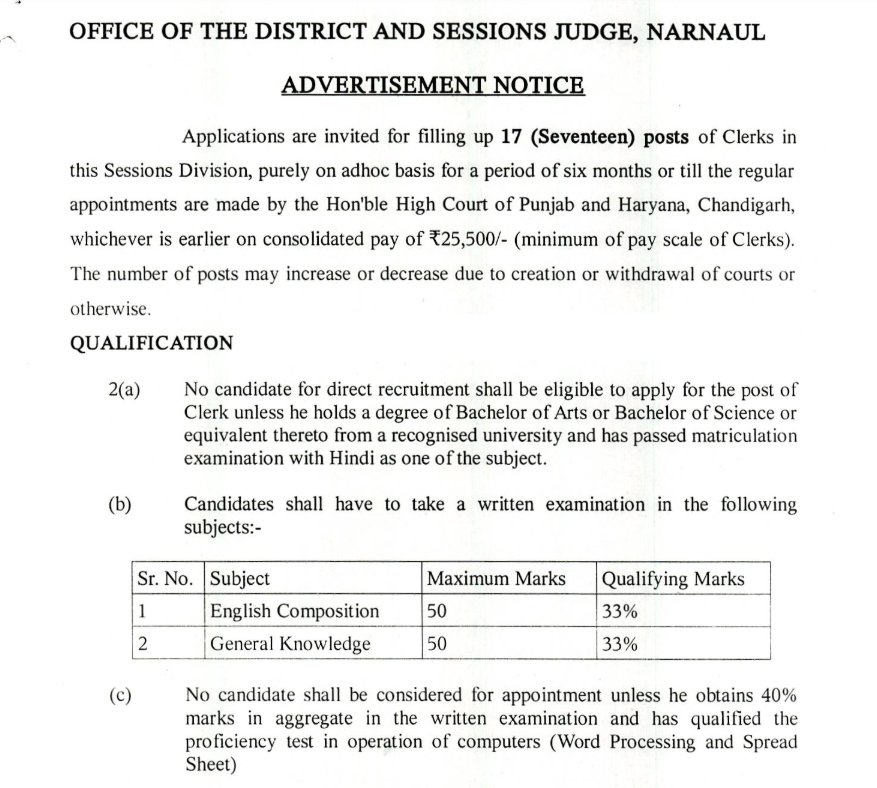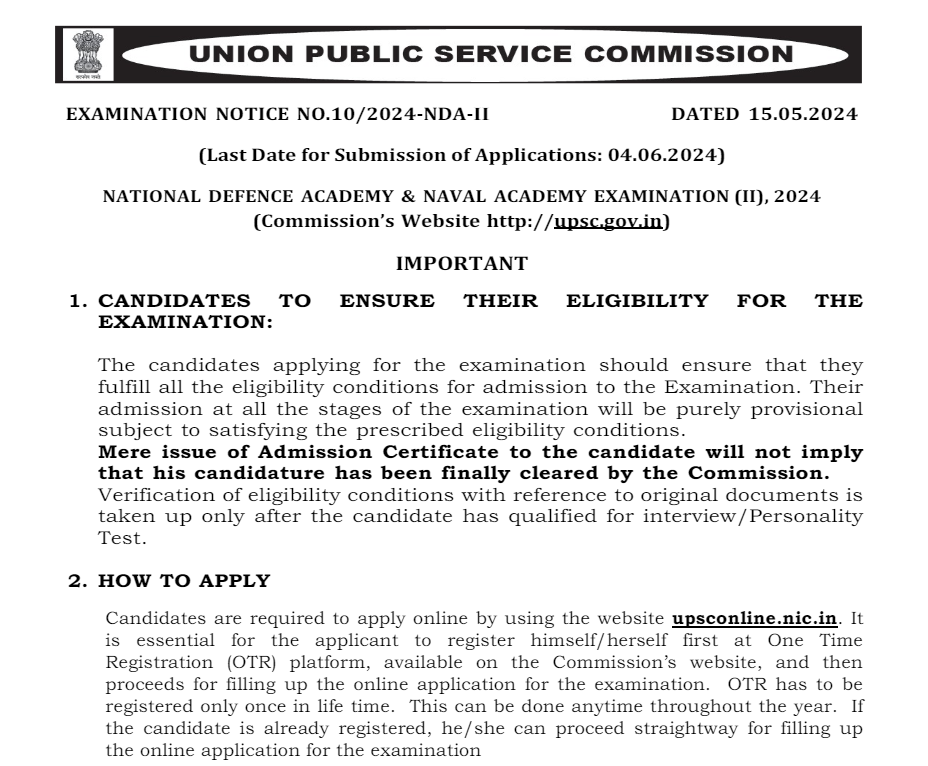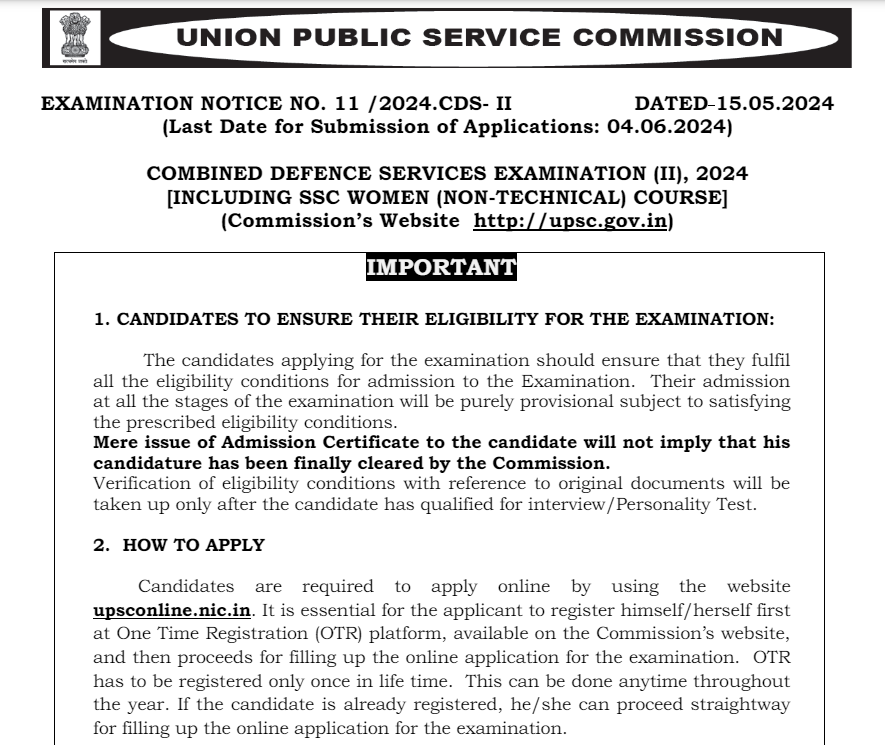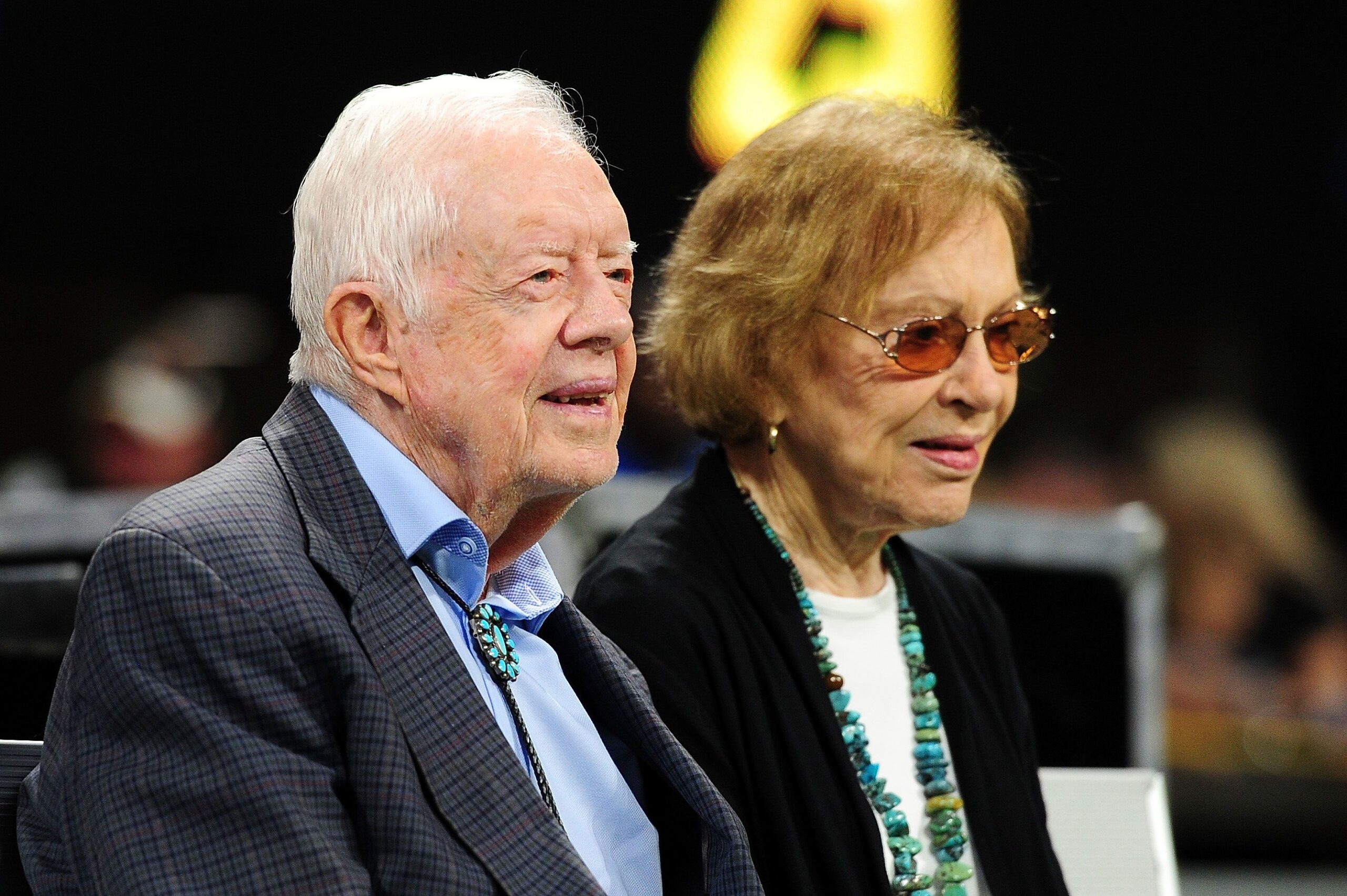Synchronous Motors 1

Category –EE Online Test
Telegram-Join Us On Telegram
Attempt Free Synchronous Motors 1 Here. Read The Important Electrical MCQ From Below.
(A) Lagging power factor only
(B) Leading power factor only
(C) Unity power factor only
(D) Lagging, leading and unity power factor only.
2. An unexcited single phase synchronous motor is
(A) reluctance motor
(B) repulsion motor
(C) universal motor
(D) AC series motor.
Ans: (A) reluctance motor
Synchronous Motors 1
3. The maximum power developed in the synchronous motor will depend on
(A) rotor excitation only
(B) maximum value of coupling angle
(C) supply voltage only
(D) rotor excitation supply voltage and maximum value of coupling angle.
Ans: (D) rotor excitation supply voltage and maximum value of coupling angle.
4. In case the field of a synchronous motor is under excited, the power factor will be
(A) leading
(B) lagging
(C) zero
(D) unity.
Ans: (B) lagging
5. A synchronous motor is switched on to supply with its field windings shorted on themselves. It will
(A) not start
(B) start and continue to run as an induction motor
(C) start as an induction motor and then run as synchronous motor
(D) bum immediately.
Ans: (B) start and continue to run as an induction motor
Synchronous Motors 1
6. When the excitation of an unloaded salient pole synchronous motor gets disconnected
(A) the motor will bum
(B) the motor will stop
(C) the motor will ran as a reluctance motor at the same speed
(D) the motor will run as a reluctance motor at a lower speed.
Ans: (C) the motor will ran as a reluctance motor at the same speed
7. The damping winding in a synchronous motor is generally used
(A) to provide starting torque only
(B) to reduce noise level
(C) to reduce eddy currents
(D) to prevent hunting and provide the starting torque.
Ans: (A) to provide starting torque only
Synchronous Motors 1
8. The back emf set up in the stator of a synchronous motor will depend on
(A) rotor speed only
(B) rotor excitation only
(C) rotor excitation and rotor speed
(D) coupling angle, rotor speed and excitation.
Ans: (B) rotor excitation only
9. A synchronous motor is a useful industrial machine on account of which of the following reasons ?
I. It improves the power factor of the complete installation
II. Its speed is constant at all loads, provided mains frequency remains constant
III. It can always be adjusted to operate at unity power factor for optimum efficiency and economy.
(A) I only
(B) II only
(C) III only
(D) I, II and III.
Ans: (D) I, II and III.
10. Which of the following is an unexcited single phase synchronous motor ?
(A) A.C. series motor
(B) Universal motor
(C) Reluctance motor
(D) Repulsion motor.
Ans: (C) Reluctance motor
Synchronous Motors 1
11. An over excited synchronous motor draws current at
(A) lagging power factor
(B) leading power factor
(C) unity power factor
(D) depends on the nature of load.
Ans: (B) leading power factor
12. With the increase in the excitation current of synchronous motor the power factor of the motor will
(A) improve
(B) decrease
(C) remain constant
(D) depend on other factors.
Ans: (A) improve
Synchronous Motors 1
13. The armature current of a synchronous motor has large values for
(A) low excitation only
(B) high excitation only
(C) both low and high excitation
(D) depends on other factors.
Ans: (C) both low and high excitation
14. A synchronous motor is switched on to supply with its field windings shorted on themselves. It will
(A) not start
(B) start and continue to run as an induction motor
(C) start as induction motor and then run as a synchronous motor.
(D)None of these
Ans: (B) start and continue to run as an induction motor
Synchronous Motors 1
15. If the field of a synchronous motor is under excited, the power factor will be
(A) lagging
(B) leading
(C) unity.
(D) unity & leading
Ans: (A) lagging














